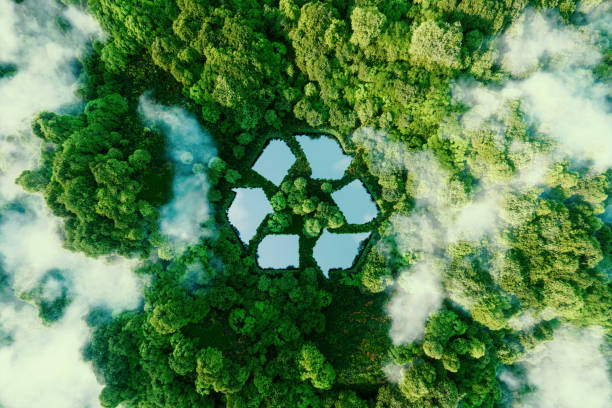Solastalgia: The Emotional Toll of Environmental Change
Climate anxiety takes on a new form as individuals grapple with the loss of familiar landscapes. Solastalgia, a term gaining traction in environmental psychology, describes the distress caused by environmental changes in one's home. Read below to explore this emerging concept and its implications for mental health and community resilience in the face of ecological shifts.

Manifestations in Modern Society
As climate change accelerates, instances of solastalgia are becoming more widespread and diverse. Coastal communities facing rising sea levels experience a gradual loss of beaches and homes, while inland areas may confront changing seasons, altered rainfall patterns, or the disappearance of iconic flora and fauna. Urban dwellers are not immune, as rapid development and gentrification can transform familiar neighborhoods beyond recognition. The emotional responses range from grief and anxiety to a profound sense of disconnection from one’s surroundings. These feelings can be particularly acute for indigenous communities whose cultural identities are deeply intertwined with specific landscapes.
Psychological and Social Implications
The psychological impact of solastalgia extends beyond mere sadness or nostalgia. Research indicates that it can contribute to clinical depression, anxiety disorders, and a diminished sense of place-based identity. Social cohesion may suffer as communities struggle to adapt to changing environments, potentially leading to increased conflict and decreased civic engagement. However, solastalgia can also serve as a catalyst for collective action, inspiring grassroots environmental movements and community-led conservation efforts. Understanding and addressing solastalgia is becoming increasingly crucial for mental health professionals, urban planners, and policymakers alike.
Coping Strategies and Resilience Building
As awareness of solastalgia grows, so do efforts to mitigate its effects and build resilience. Environmental education programs that foster a deeper connection to local ecosystems can help individuals develop a more adaptive relationship with changing landscapes. Community-based initiatives, such as urban gardening projects or habitat restoration efforts, provide opportunities for collective action and the creation of new, positive environmental memories. Psychological interventions, including eco-therapy and mindfulness practices, are being adapted to address the specific challenges posed by environmental grief and loss.
Future Directions and Societal Implications
The concept of solastalgia challenges us to reconsider our relationship with the environment and the role of place in human well-being. As climate change continues to reshape landscapes worldwide, understanding and addressing solastalgia will likely become an essential aspect of public health and environmental policy. This emerging field of study raises important questions about the psychological costs of environmental degradation and the need for sustainable development practices that preserve not only ecosystems but also the emotional and cultural connections people have with their surroundings. As society grapples with these issues, the concept of solastalgia may play a crucial role in shaping more holistic approaches to environmental protection and community resilience in the face of global change.





